
WB’s Batmobile Documentary Takes You Through 80 Years Of The...
- Jun 7, 2020
- Views : 3520

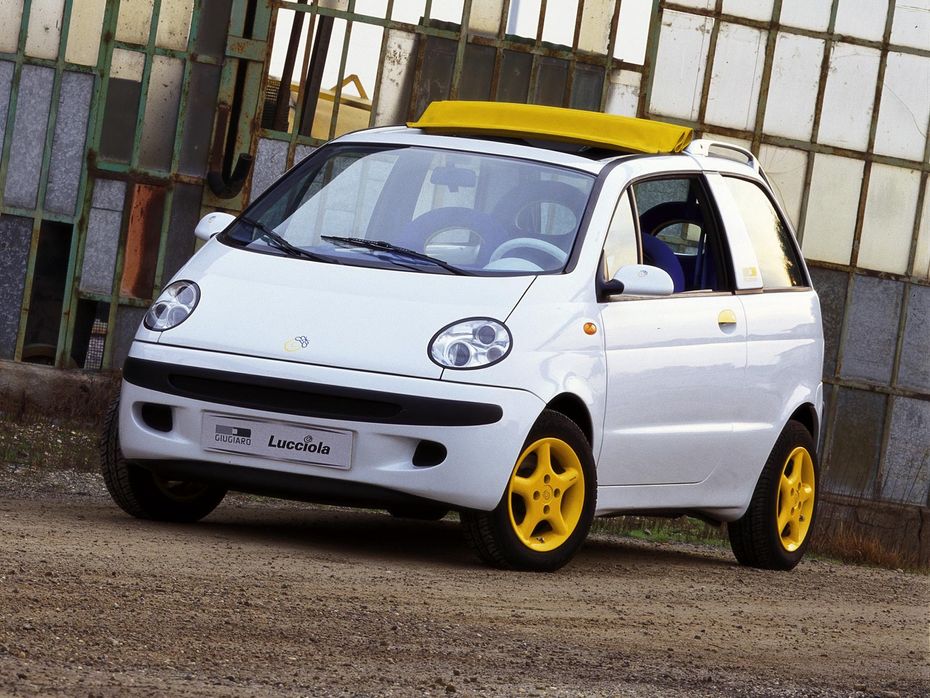
Remember Daewoo? Yes, that South Koran manufacturer that set up shop in India a few years before Hyundai? Back in 1995, Daewoo took a shot at the premium sedan segment with the Cielo. Sadly, the sedan never took off thanks to the arrival of the German Opel Astra a year later. Like most international car brands that made their way into India in the late 90s and early 2000s, Daewoo made the mistake of launching a luxurious but pricey sedan when all that the nation wanted was a cheap and cheerful hatchback. Daewoo learnt its lesson, perhaps when its compatriot Hyundai arrived in India with the iconic Santro to take on the best-selling car of all time, the Maruti 800.
Also Read: Sipani Dolphin: The Maruti 800 Beater That Wasn’t
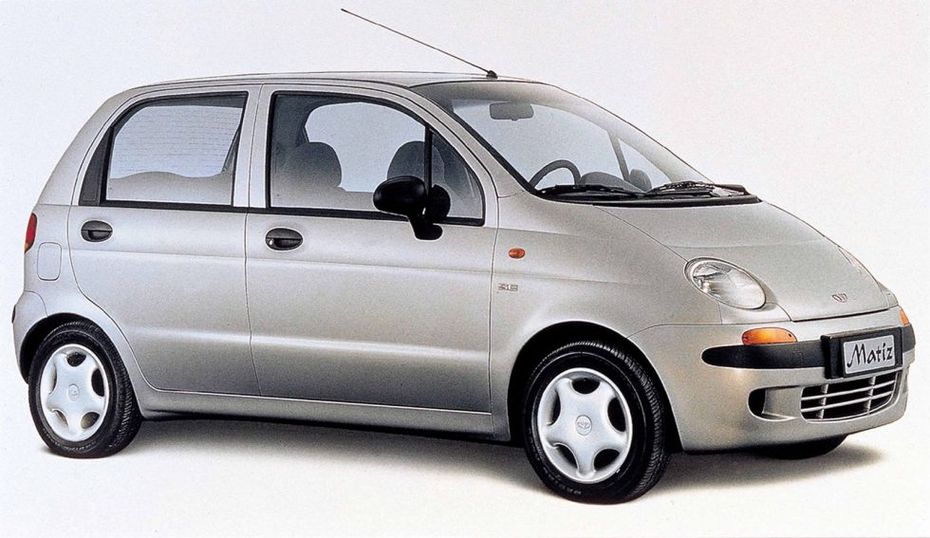
Daewoo went back to the drawing board and came up with a solution: the Matiz. This tiny hatchback was launched the same year as the Santro and soon became the company’s most popular offering in the country. Its tiny dimensions and bug-eyed looks made many weak at their knees. The good looks were backed up by peppy performance too. Powered by a 796cc triple cylinder engine, the Matiz produced 52PS and 71Nm, on par with the Santro of the time. It even offered good fuel efficiency too, offering 18.5km to the litre. It was also the second ever compact car in India to offer fuel injection after the Hyundai Santro. And thanks to some smart packaging, it was very spacious as well.
Also Read: 4 Cars For The Price Of One?
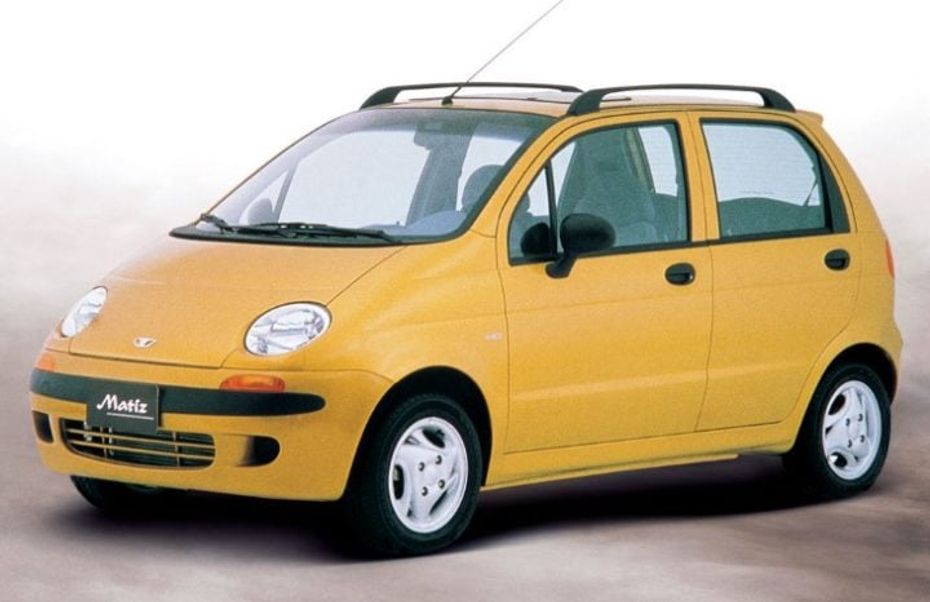
Sadly, the Matiz too never really took off. While the poor after-sales service offered by Daewoo at the time didn’t help its case, Indian car buyers’ preference towards established carmakers like Maruti and Hyundai made matters worse. The hatchback was finally pulled off the line in 2000. That is until General Motors (GM) bought Daewoo and re-launched the car as the Chevrolet Spark in the country a few years later.
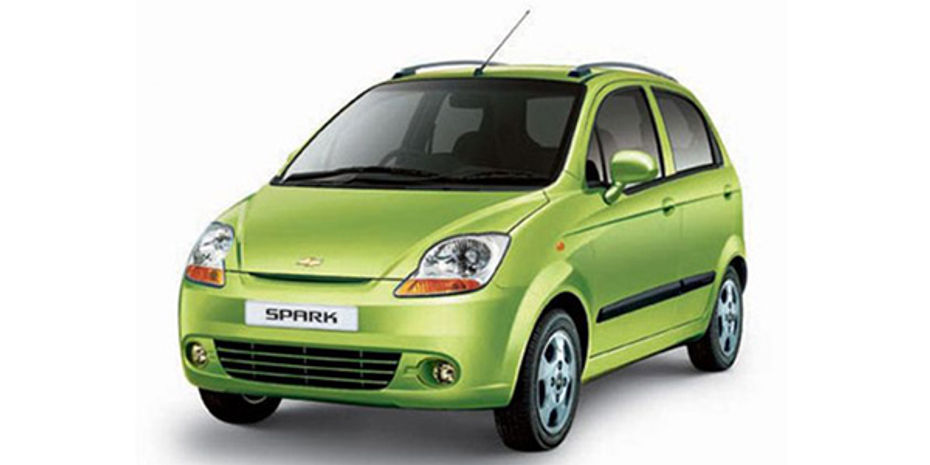
Now that we’ve covered the Matiz’ journey in India, let’s take a look at its genesis. You’ll be surprised to know that what we thought was a cheap and cheerful South Korean hatchback could very well have been a modern interpretation of the Fiat 500, or Cinquecento as it was called in Italian.
Also Read: Would You Rather: Buy A New Triumph Street Triple RS Or A Used Jaguar XF?
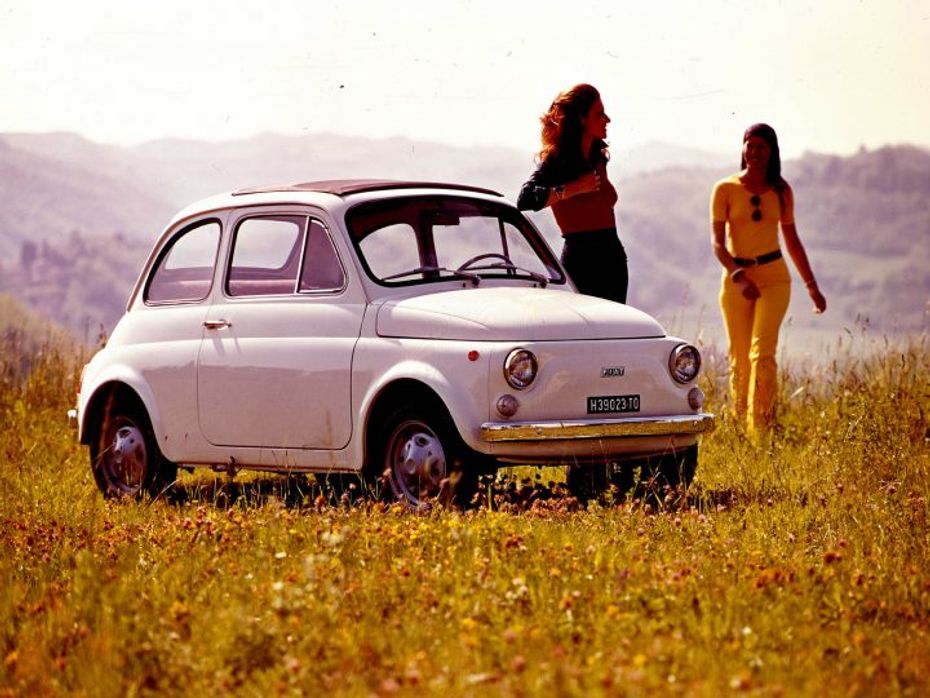
That’s right! In the early 90s, Fiat was working towards reviving the iconic 500 brand of hatchbacks and had deputed various firms to come up with designs for the car. Among those selected was the legendary Italian design house ItalDesign, helmed by undoubtedly one of the best car designers of all time, Giorgetto Guigario. Look him up if you haven’t heard of him. We can bet that almost all of the cars that you deem pretty had something to do with this man.
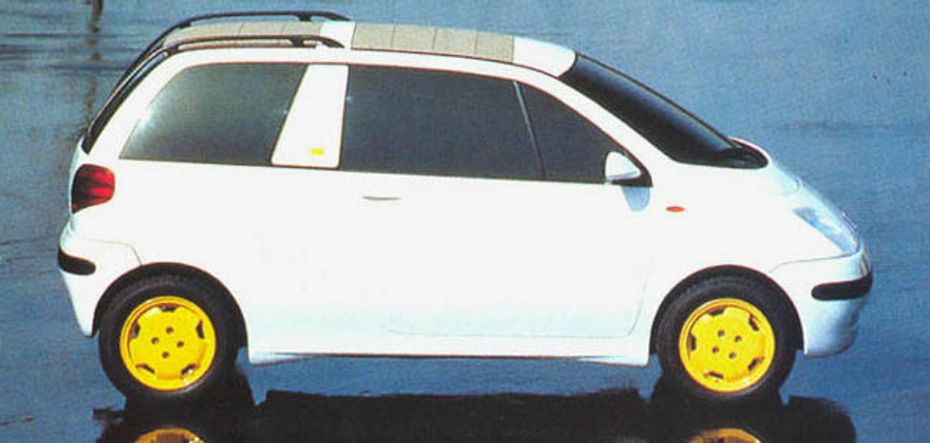
Guigario came up with a concept called the ID Cinquecento for the 1992 Turin Motor Show. The three-door concept was finished in white and sported golden wheels. Unlike the neo-retro Fiat 500, the ID Cinquecento looked nothing like the original. It even had square headlamps for crying out loud! In retrospect, the only bit that seemed to have been inspired by the Fiat Cinquecento was the fabric sliding roof panel.
Also Read: Gordon Murray Automotive Shares Design Of Its F1-centric T.50 Supercar

A year later, at the Bologna Motor Show, Guigario came back with the Lucciola concept. This time around, the square headlamps had been replaced by round ones which would later find its way onto the Matiz to give it the cutesy face we all love.
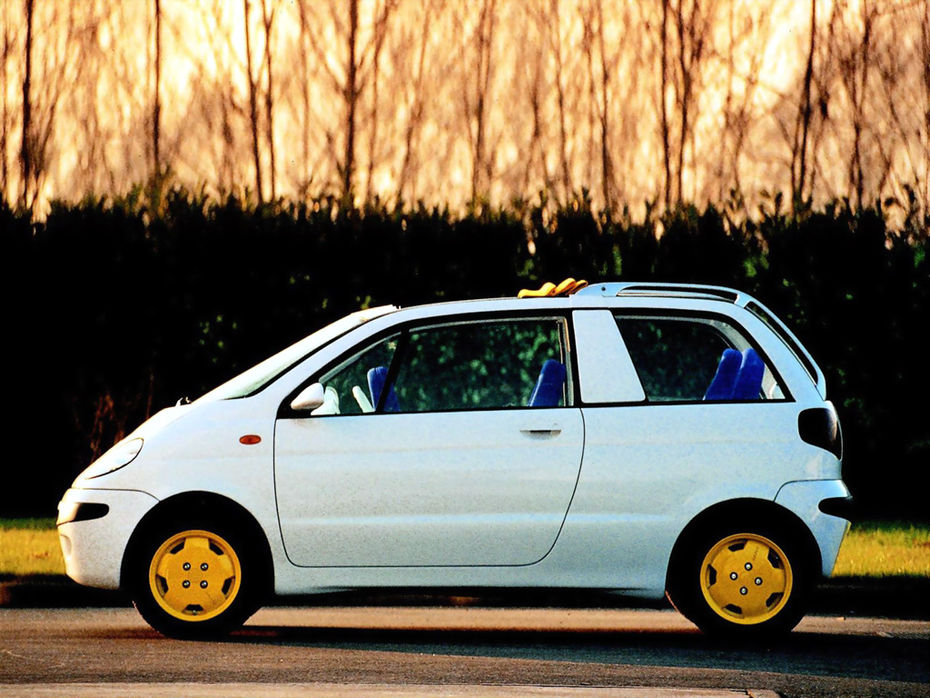
While the design was pretty much unchanged, the Lucciola was quite an advanced concept. First, it was drivable. Secondly, it was equipped with a hybrid system comprising a twin-cylinder diesel engine at the front and two electric motors at the rear. This setup gave the Lucciola a top speed of 100kmph and an all-electric range of 80km. Pretty impressive for the time, we’d say.
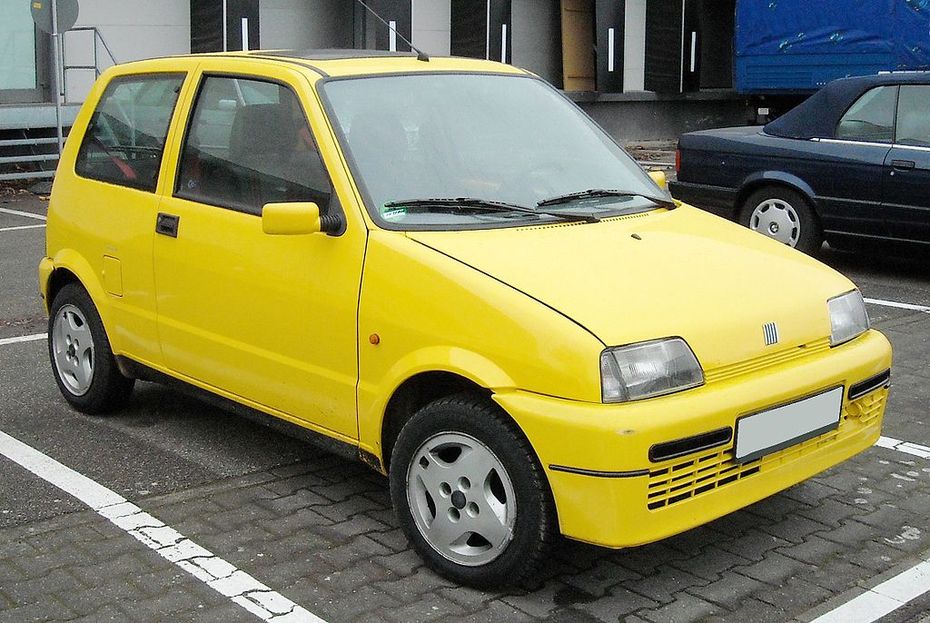
Sadly, Fiat was far from impressed and rejected Guigario’s design, opting to choose the rather ugly design from Polish auto manufacturer FSM instead. The resulting car was the Fiat Cinquecento (Type 170) you see above. Fans of the British sitcom The Inbetweeners would instantly recognise this car as fictional character Simon Cooper’s yellow hatchback with a red door.
Also Read: The Most Retro-Looking New Porsche Goes Even More Retro

Thankfully, Guigario’s time and effort didn’t go in vain as Daewoo, which was looking to build a tiny hatchback for the global market, chanced upon the design and bought it outright to build what we know today as the Matiz.
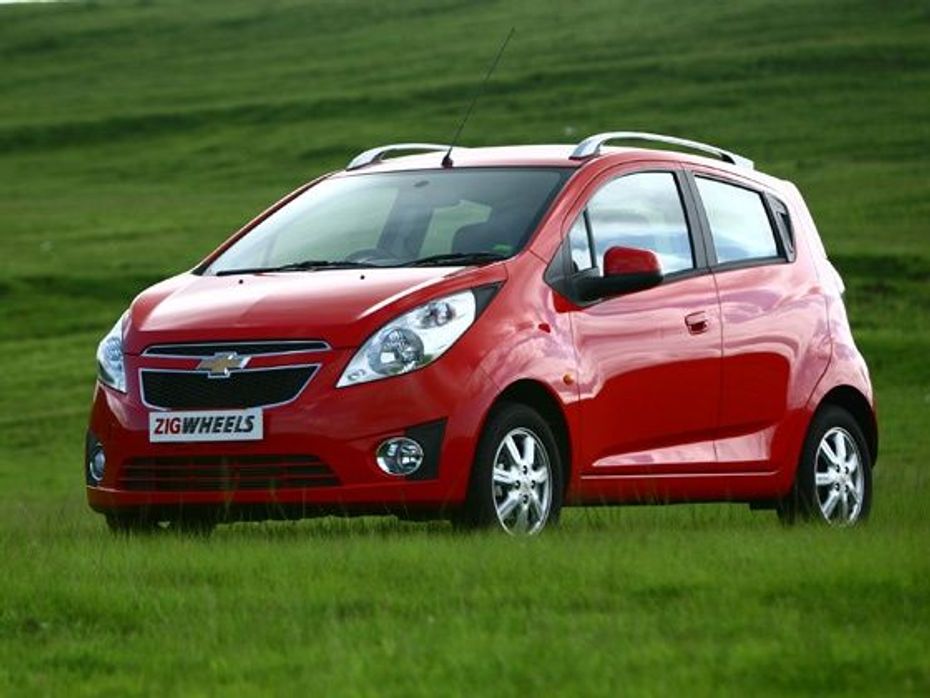
Over time, the loveable design evolved into the Chevrolet Spark and was later replaced by the Beat (above). The Matiz wasn’t the first or only car from Daewoo to wear the bow-tie badge in India. But that’s a story for later.

WB’s Batmobile Documentary Takes You Through 80 Years Of The...

Renault Gives The Captur A Mid-life Refresh In Russia

New Toyota Fortuner Facelift vs Rivals: Diesel Engine Specifications...

2020 Jeep Compass Breaks Cover Overseas

Renault Extends Standard Warranty On Kwid, Triber, And Kiger To 3...

Hyundai Venue N Line: Taken To The Next Level Of Sportiness

Hyundai Exter: Welcome To The New World Of Thrills And Technology

Hyundai Creta Level-2 ADAS Explained, Perfect For Indian Road...

Hyundai Exter: An Year Long Ownership Experience That Left Us Wanting...

2024 Toyota Camry Launched In India At Rs 48 Lakh; Now...
India's largest automotive community
 Hyundai Creta Electric: Things You Get With Each Of Its 6 Variants
Hyundai Creta Electric: Things You Get With Each Of Its 6 Variants
 Here Are Some Adrenaline Pumping Experiences From Auto Expo 2025 That You Should Not Miss!
Here Are Some Adrenaline Pumping Experiences From Auto Expo 2025 That You Should Not Miss!
 All You Need To Know About The Surprise Element At Auto Expo 2025: BMW iX1 LWB
All You Need To Know About The Surprise Element At Auto Expo 2025: BMW iX1 LWB
 Hyundai Creta Electric Reaches Dealerships, Here’s A List Of Its Pros And Cons Before You Check It Out!
Hyundai Creta Electric Reaches Dealerships, Here’s A List Of Its Pros And Cons Before You Check It Out!
 Vayve Mobility Eva
Rs. 3.25 Lakh
Vayve Mobility Eva
Rs. 3.25 Lakh
 BMW X3
Rs. 75.80 Lakh
BMW X3
Rs. 75.80 Lakh
 Hyundai Creta Electric
Rs. 17.99 Lakh
Hyundai Creta Electric
Rs. 17.99 Lakh
 Lotus Emira
Rs. 3.22 Crore
Lotus Emira
Rs. 3.22 Crore
 Lotus Emeya
Rs. 2.33 Crore
Lotus Emeya
Rs. 2.33 Crore